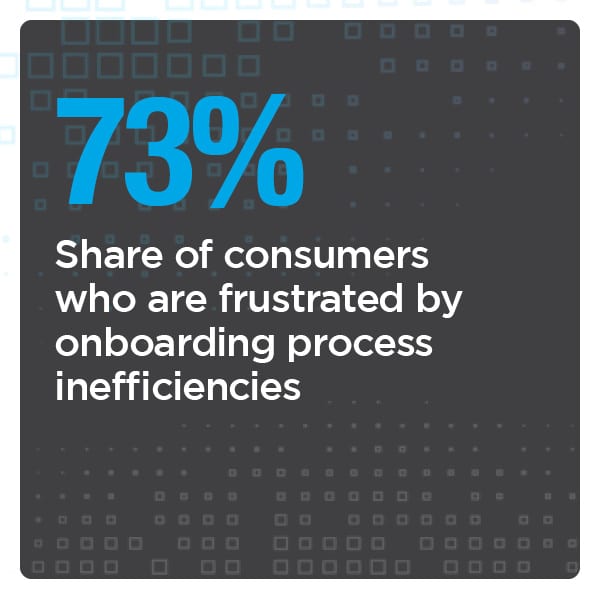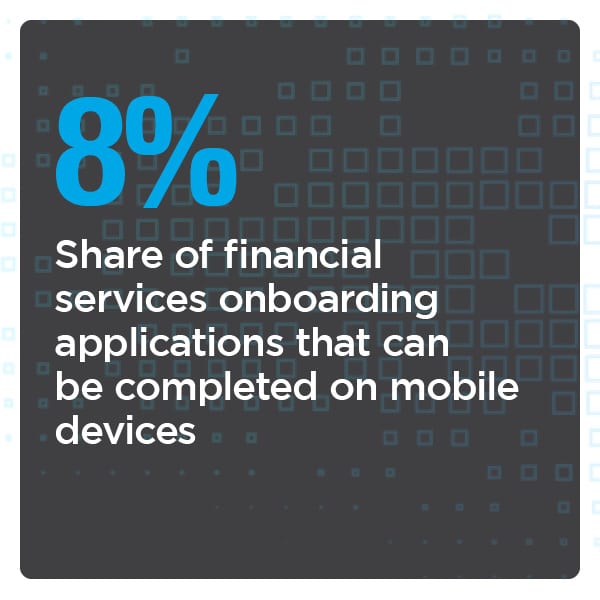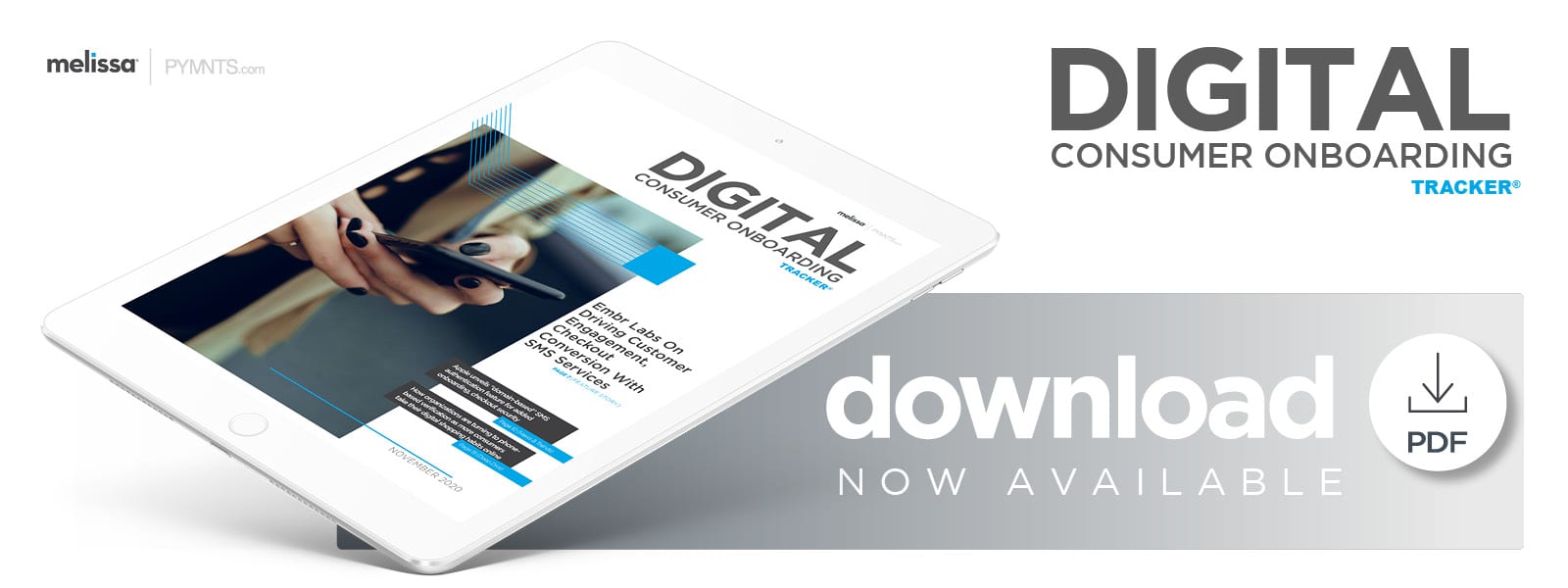New Report: SMS-Based Outreach Helps Merchants Authenticate Consumers, Boost Online Sales

Businesses and financial institutions (FIs) are constantly examining ways to make their customers’ accounts more secure, especially as more consumers go online to make purchases and transact during the ongoing COVID-19 pandemic. This is leading many to utilize two-factor authentication (2FA) methods to safeguard customers’ personal information.
 Sixty-two percent of consumers say they prefer onboarding experiences that put security first and speed second, but this does not mean that businesses and banks can sacrifice the seamless service to which their customers are accustomed. Retailers, in particular, are wary of adopting 2FA because of the frictions the method can present, and their fears are not without merit. One recent survey found that roughly 50% of consumers abandoned onboarding attempts that they described as cumbersome or untrustworthy over the past 12 months, for example.
Sixty-two percent of consumers say they prefer onboarding experiences that put security first and speed second, but this does not mean that businesses and banks can sacrifice the seamless service to which their customers are accustomed. Retailers, in particular, are wary of adopting 2FA because of the frictions the method can present, and their fears are not without merit. One recent survey found that roughly 50% of consumers abandoned onboarding attempts that they described as cumbersome or untrustworthy over the past 12 months, for example.
A convenient, yet secure solution could be just a few taps away, however. Many FIs and businesses are relying on 2FA measures that leverage SMS — or text message-based — verification to cater to a growing number of consumers who are using mobile channels to transact.
The November “Digital Consumer Onboarding Tracker®” explores how phone-based verification and text messages can enhance onboarding and checkout. It also examines the stresses merchants and banks face in providing a secure and efficient verification process without creating enough friction to prompt consumers to abandon the process entirely.
Developments From The Digital Consumer Onboarding Space
California-based automaker Tesla is one company that has witnessed the merits of offering 2FA for its car owners. The company recently announced that it would allow its customers to sign in to their accounts using SMS-based 2FA, with customers supplying their credentials as well as codes sent to them via third-party app or text message. Customers who access their accounts can use them to unlock their vehicles and power many of their features remotely, and many had long requested such a security upgrade from Tesla.
 Other companies are leveraging advanced technologies like artificial intelligence (AI) and machine learning to boost their onboarding solutions. Technology giant IBM and Dublin-based client lifecycle management solutions company Fenergo recently partnered to use AI and analytics on the IBM Cloud to help FIs more easily onboard customers. The companies said the partnership represents a digital transformation that can help banks reinvent the customer experience as well as swiftly and seamlessly assess each customer’s risk profile.
Other companies are leveraging advanced technologies like artificial intelligence (AI) and machine learning to boost their onboarding solutions. Technology giant IBM and Dublin-based client lifecycle management solutions company Fenergo recently partnered to use AI and analytics on the IBM Cloud to help FIs more easily onboard customers. The companies said the partnership represents a digital transformation that can help banks reinvent the customer experience as well as swiftly and seamlessly assess each customer’s risk profile.
Significant digital onboarding hurdles remain even though many customers have shifted to transacting online or via mobile channels. A recent FICO survey found that 51% of banks in North America still require customers to visit branches to prove their identities and complete their onboarding procedures. It also found that just 16% of U.S. and Canadian FIs allow customers to complete the onboarding process entirely via digital channels, revealing that there are still many improvements banks can make to streamline the customer experience.
For more on these and other onboarding items, download this month’s Tracker.
Embr Labs On Reducing Cart Abandonment, Boosting Sales Using Text Messaging
Research shows that 98% of consumers open and read their text messages, which means that mobile channels can offer merchants a unique opportunity to reach their customers and encourage sales. More than two-thirds of marketers are still failing to capitalize on this outreach method, however, spotlighting a massive missed opportunity.
In this month’s Feature Story, Sam Shames, co-founder and chief operating officer of Boston-based thermal wellness startup Embr Labs, discusses how utilizing SMS-based communication can help retailers offer a personal touch to customers, reduce cart abandonment and ultimately keep them engaged for the long haul.
Deep Dive: The Benefits And Drawbacks Of Using SMS-Based Verification
Many businesses, banks and other organizations are eager to offer secure onboarding and checkout capabilities to today’s increasingly digitally-minded consumers. Some are turning to text message-based verification solutions to help offer smooth and safe customer experiences, but these methods can still present challenges and risks.
This month’s Deep Dive examines organizations’ efforts to leverage SMS-based verification for onboarding, checkout and every step in between.
About The Tracker
The PYMNTS “Digital Consumer Onboarding Tracker®,” a partnership with Melissa, examines the latest KYC, digital onboarding and online verification news and trends. The Tracker also examines the role tools and technologies such as advanced analytics can play as onboarding needs grow more sophisticated.


